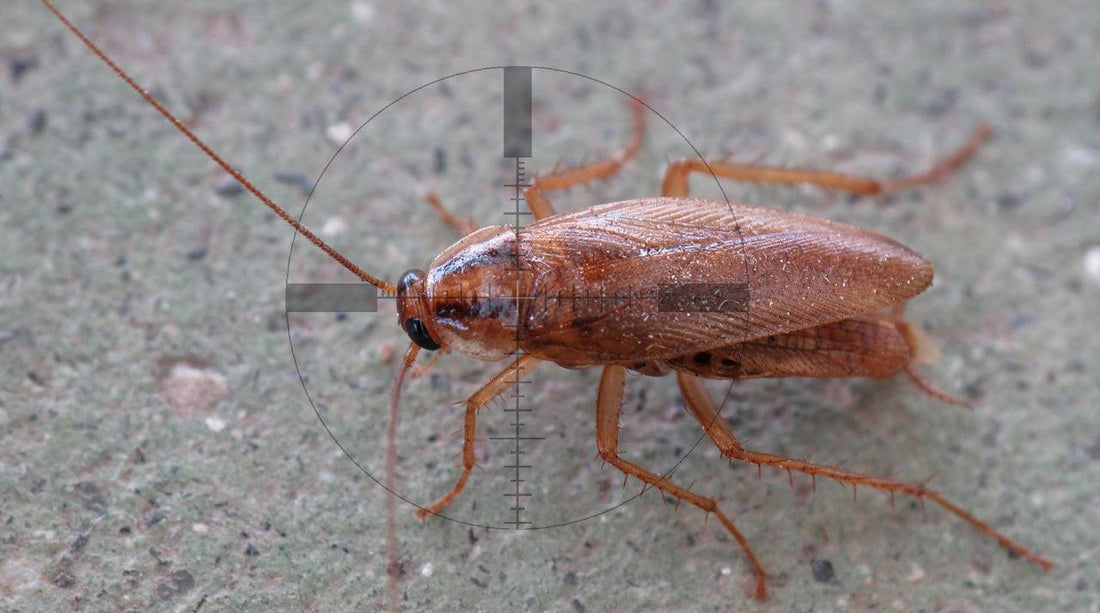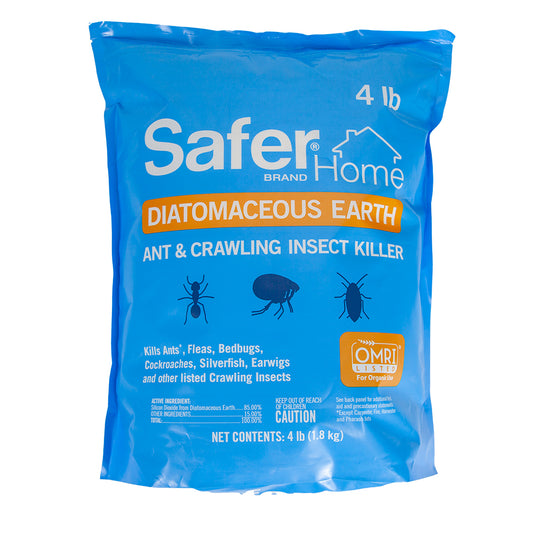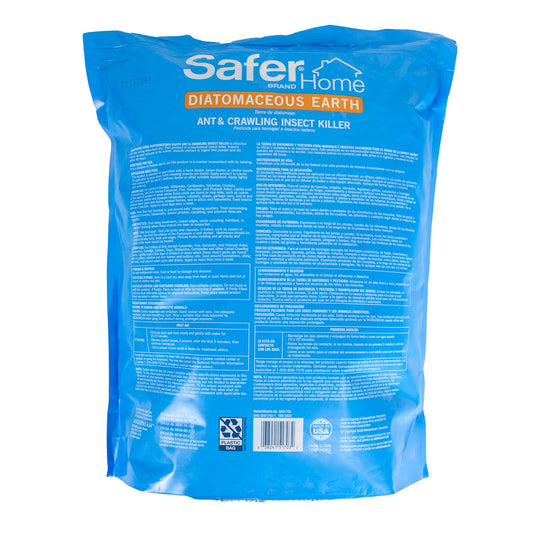IPM involves a combination of techniques to manage pests effectively and sustainably. For cockroaches, this includes identifying the species, understanding their behavior, and using a combination of natural, mechanical, and chemical controls.
Step 1: Prevention is Key
- Seal Entry Points: Cockroaches can enter through cracks, crevices, and gaps in walls or doors. Seal these areas with caulk or weatherstripping.
- Maintain Cleanliness: Remove food crumbs, grease, and standing water, which attract cockroaches. Regularly clean kitchen surfaces, sinks, and floors.
- Store Food Properly: Keep food in sealed containers and avoid leaving pet food out overnight.
- Manage Garbage: Dispose of trash regularly and use sealed bins to deter cockroaches.
Step 2: Monitoring and Identifying Infestations
- Use Sticky Traps: Place sticky traps in areas where cockroaches are likely to hide, such as under sinks and behind appliances.
- Look for Signs: Check for droppings, egg cases, and shed skins in hidden areas.
- Identify the Species: Different cockroach species may require tailored control methods. Common species include the German cockroach and American cockroach.
Step 3: Implementing Control Methods
Natural and Mechanical Controls
- Boric Acid: Apply boric acid powder in cracks and crevices where cockroaches travel. It is a low-toxicity option that effectively disrupts their nervous system.
- Diatomaceous Earth: Use food-grade diatomaceous earth to dehydrate cockroaches. Sprinkle it in hidden areas for maximum effectiveness.
- Vacuuming: Regularly vacuum areas where cockroaches are seen to remove live pests, eggs, and debris.
Organic Sprays
Use eco-friendly pest sprays to target cockroaches directly. Explore our organic pest control sprays for safe and effective options.
Diatomaceous Earth for Cockroach Control
Step 4: Long-Term Maintenance
- Regular Inspections: Periodically inspect your home for new signs of cockroaches and address issues promptly.
- Eliminate Hiding Spots: Declutter and organize storage areas to reduce potential hiding places.
- Educate Household Members: Ensure everyone in the household understands and follows prevention measures.
Conclusion
By following the principles of Integrated Pest Management, you can control cockroach populations effectively and sustainably. Combining prevention, monitoring, and targeted control methods ensures a healthier home environment while minimizing the use of harmful chemicals. Start implementing these strategies today to keep your home cockroach-free!
For more information, see our article on How to Do the Best Organic Pest Control with Integrated Pest Management [IPM].






3 comments
I have had great success with borax powder mixed powdered sugar. I place them in small bowls or lids in hidden places. They ingest the borax or get it on their bodies taking it into the nest as well. I have also seen this formulas available as small tablets at stores such as DG!
Janis, IPM stands for Integrated Pest Management. The idea is to eliminate the pest by focusing on the safest interventions first and not immediately reaching for the toxic poisons to kill insects. So for cockroach control you first should try to identify what type they are, indoor or outdoor living cockroaches. If they are outdoor cockroaches like the oriental, you should really focus on the exclusion of the pests, like putting up weather stripping around your windows and doors, sealing cracks so they can’t make their way into your home. Then work on the sanitation of your home, by removing things that attract them into your home or keeping the indoor species happy and breeding. The last resort would be to resort to a poison to kill the roaches. But if you don’t get rid of what is attracting them into your home, they will just come back. So IPM is all about prevention, monitoring and using the safest control methods first. Hope that answers you question about IPM. We have a video on our website that talks about IPM, where Tricia talks about using IPM in the garden to deal with pest problems. Here is the link, http://www.groworganic.com/organic-gardening/videos/integrated-pest-management.
what is IPM ?!! I see iatomaceous earth, and a trap that says ‘poison free’, but no mention of IPM! Pls advise.